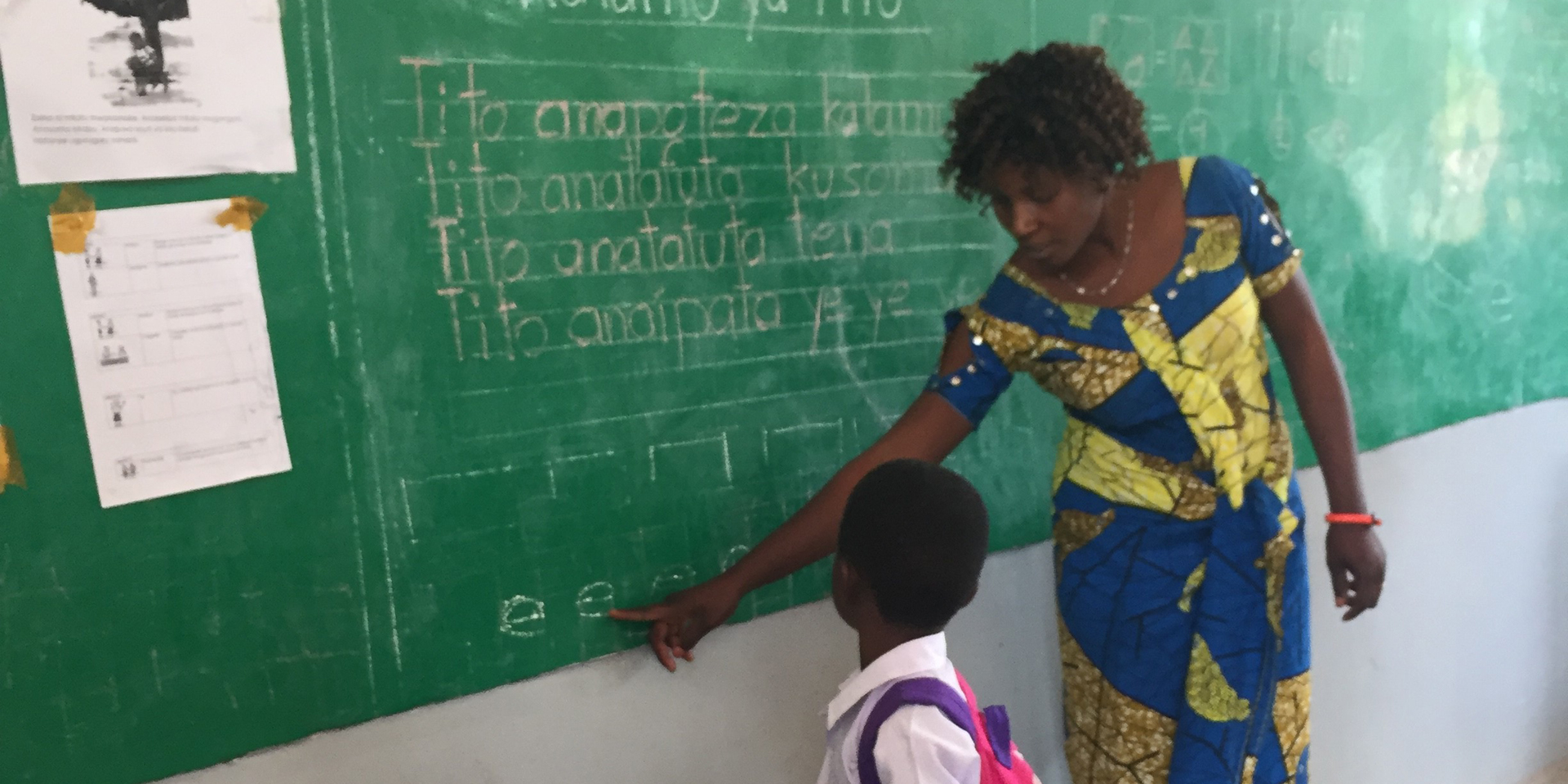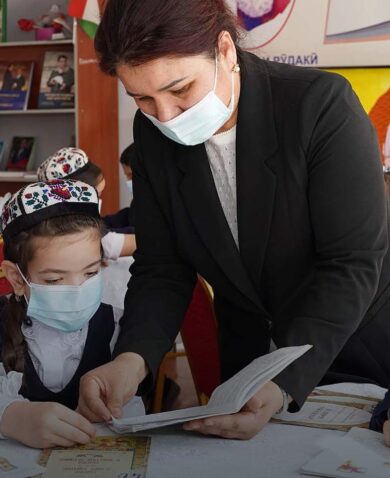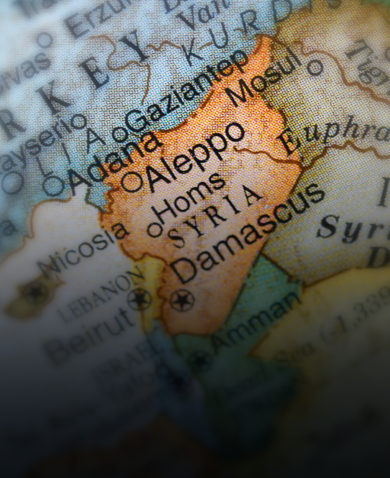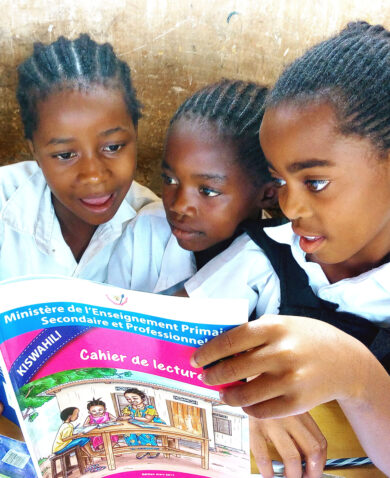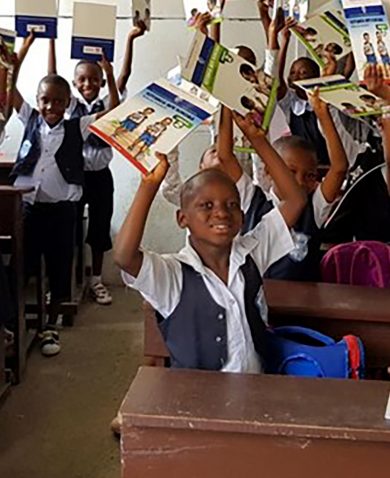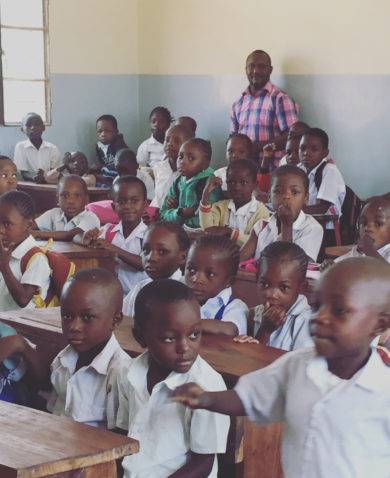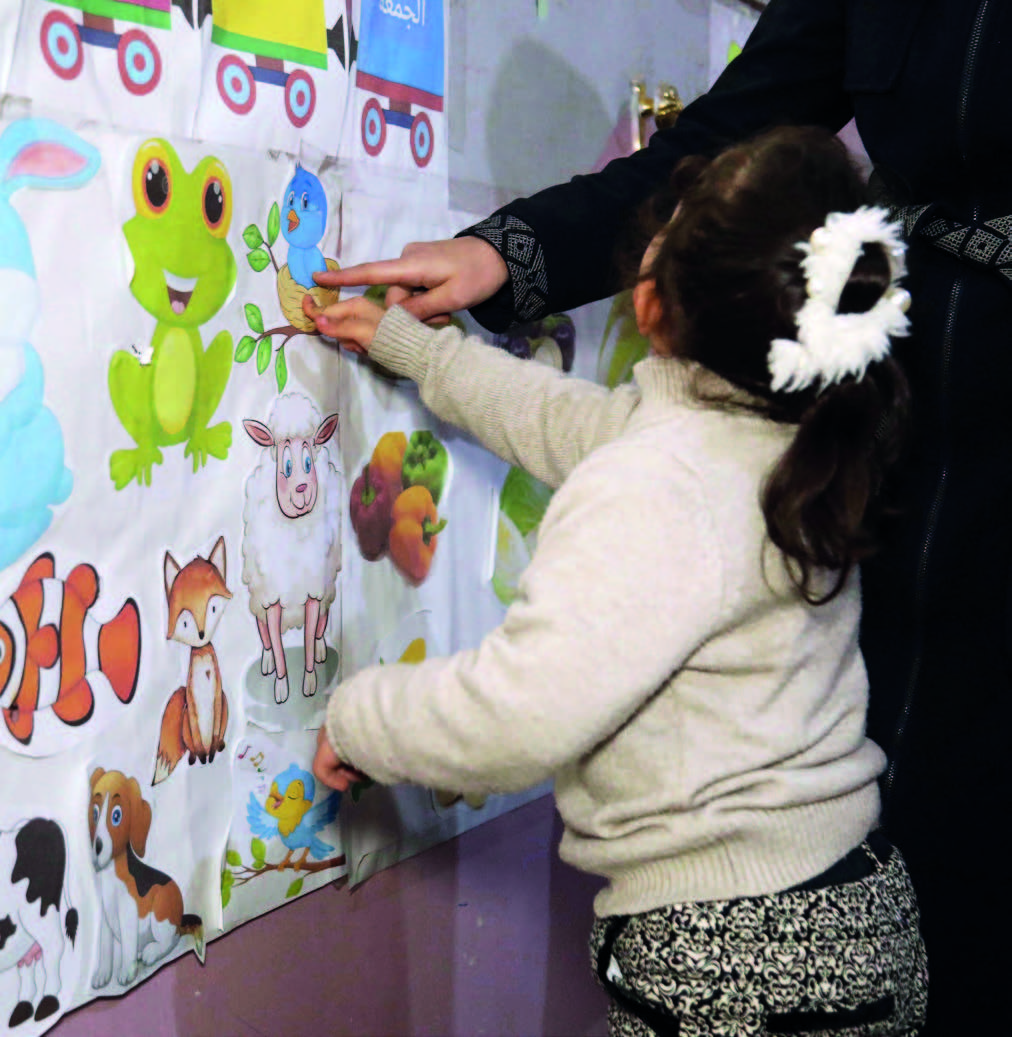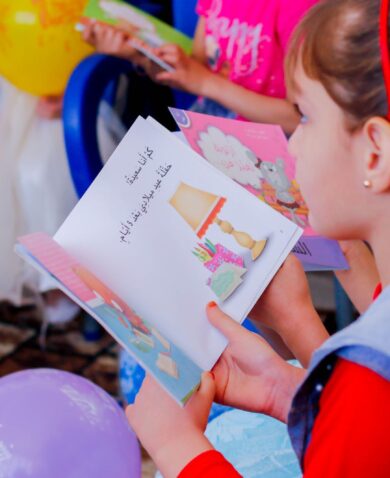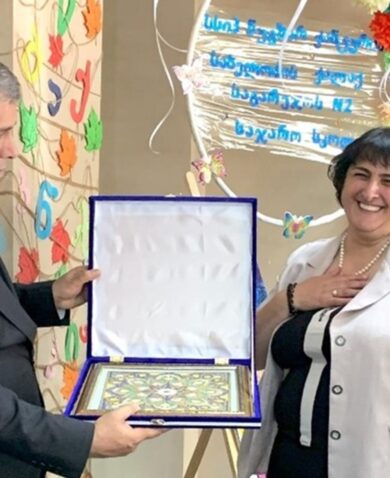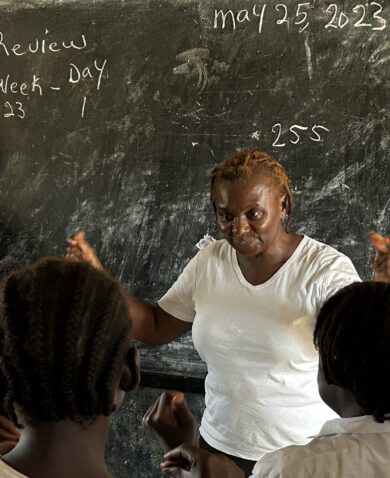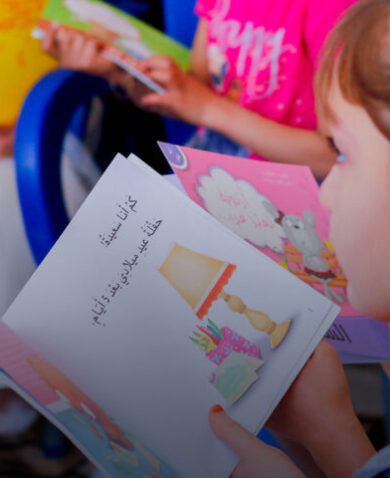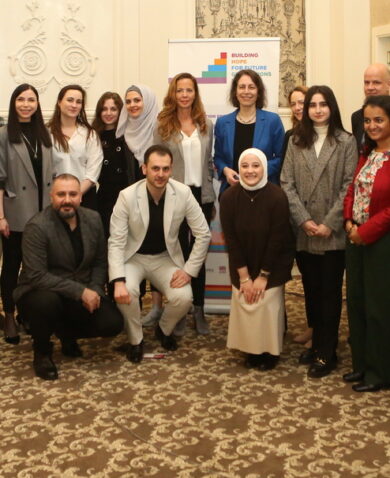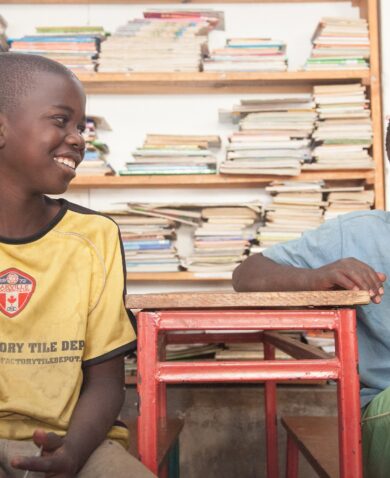The strategy strives to help students master fundamental reading skills as early as Grade 2. As a part of this strategy, project staff are developing reading and teaching materials in local languages throughout eight provinces. ACCELERE! has already distributed first-grade reading materials in Kiswahili to more than 5,000 students in 540 schools in the southeastern provinces of Haut-Katanga and Lualaba.
Equally important to distributing materials in local languages, the project also trains teachers to teach in these languages. Throughout 2016, teachers, school administrators, community members, consultants, and other stakeholders attended training sessions on best practices for teaching in Kiswahili and French.
In January and February 2016, more than 2,000 teachers and school directors took courses on the first trimester of the Kiswahili reading and oral French program. Participants attended sessions in a number of cities, including Lubumbashi, Likasi, Sakania, Kipushi, Kambove, and Lubudie. By the end of these training sessions, a team of local teachers had finalized the second edition of Grade 1 teaching materials.
More than 80 people attended the next training session held in March, including local community members, ministry inspectors, and pedagogic advisors. Participants left the training session with learning guides and classroom observation tools. Following that, a July training course covered the effective use of the first-grade Kiswahili reading materials and oral French materials for Grades 1 and 2.
As Chief of Party Sergio Ramirez-Mena explained, “Through [the project’s] hands-on training support throughout the school year, teachers not only learn the key elements of teaching and learning in mother-tongue languages, but are coached onsite on how to better teach reading using the children’s mother language effectively in the classroom.”
These training courses have since improved the quality of reading instruction in the first grade. As more teachers embrace the Kiswahili reading program, students are more eager and responsive in the classroom. Within just three months of learning Kiswahili, students are mastering the alphabet and developing a solid foundation for reading and writing.

